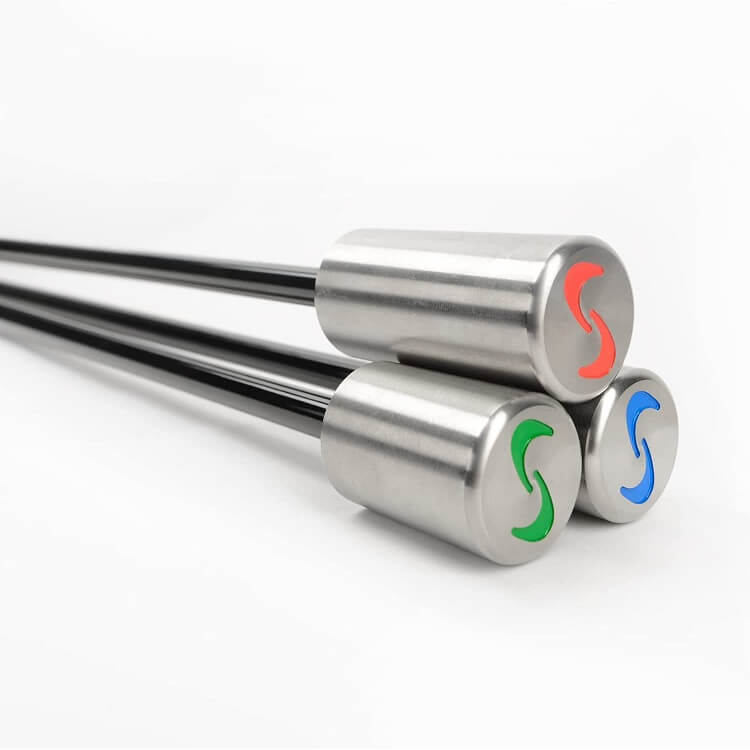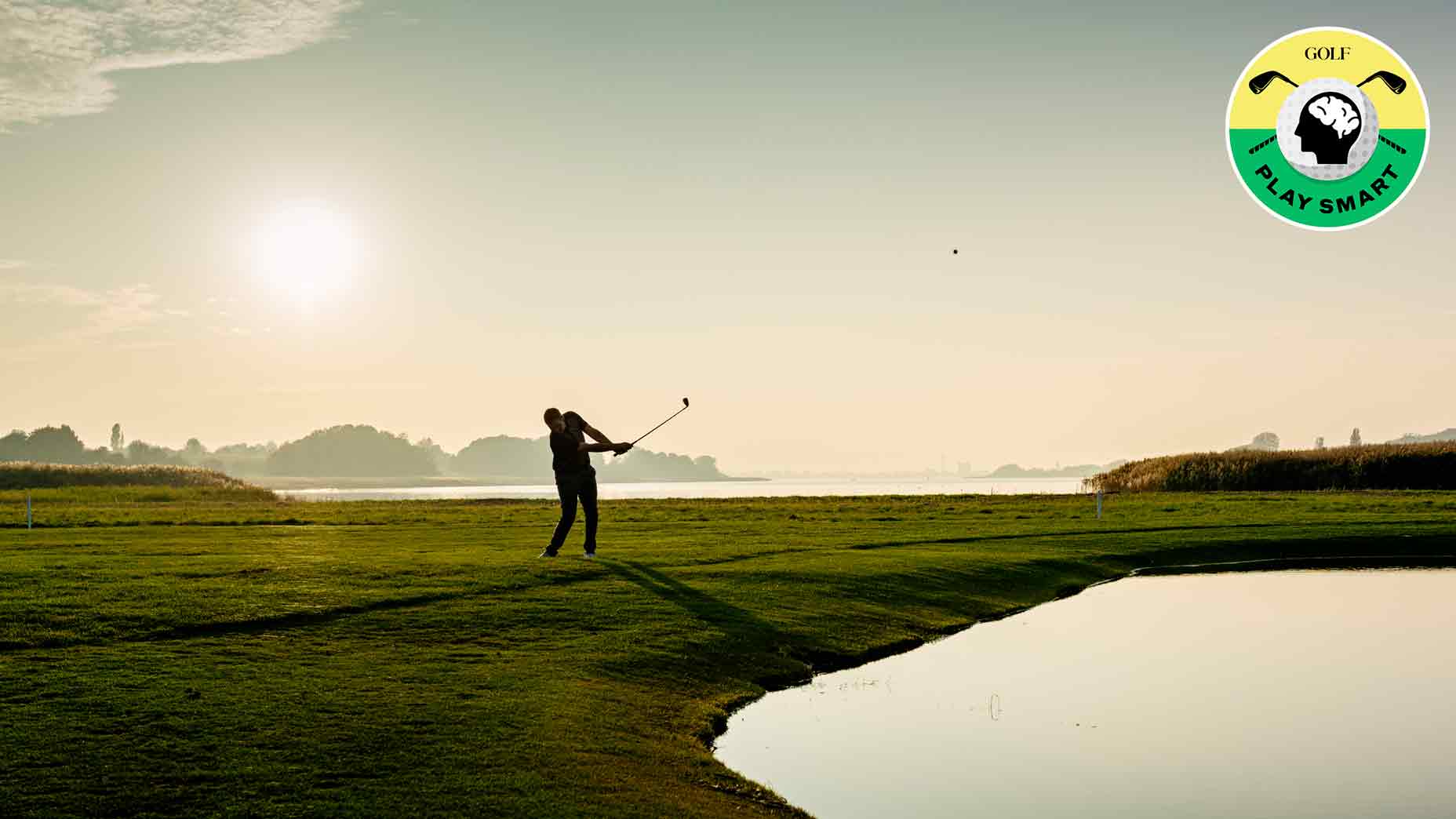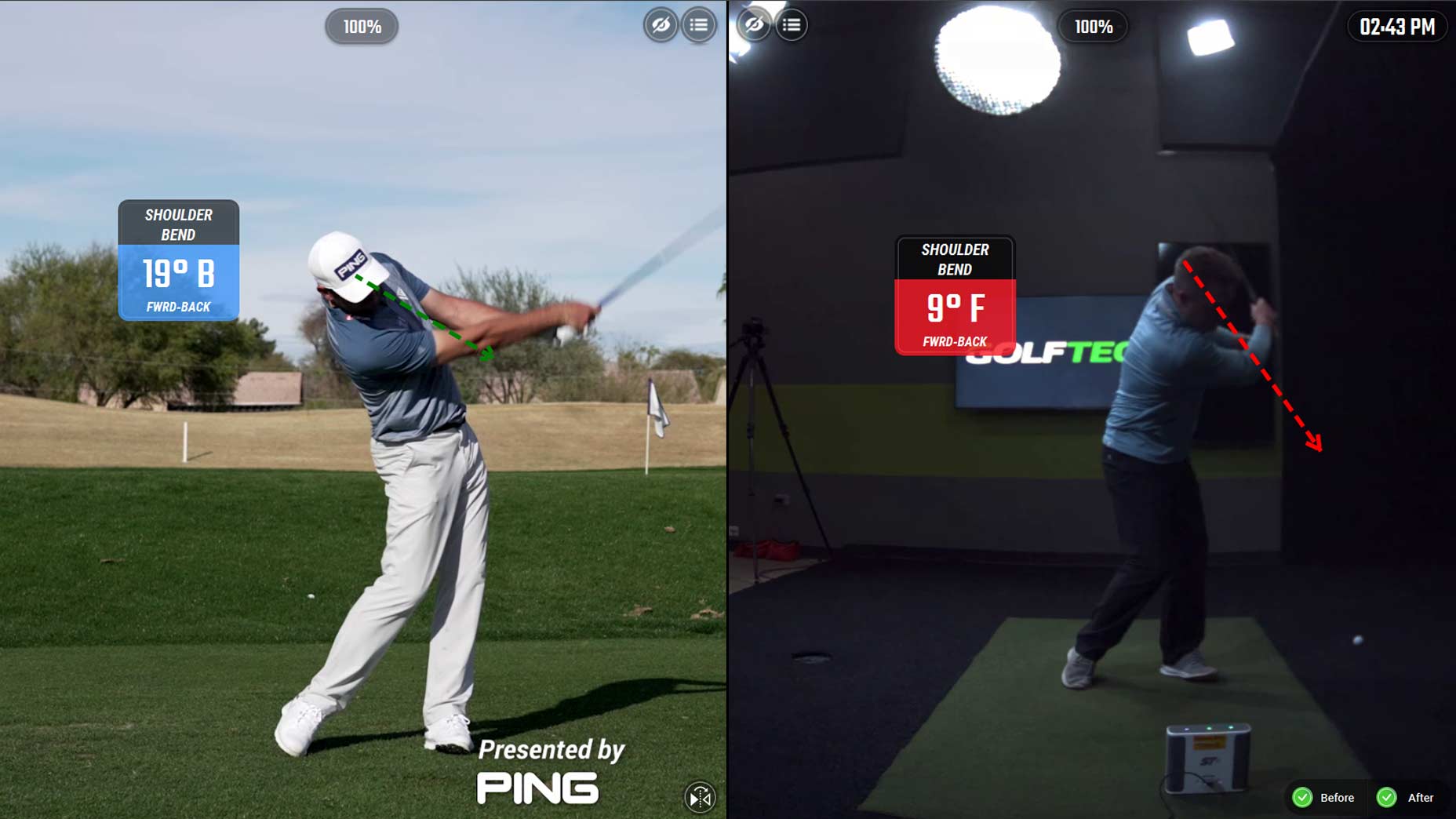Welcome to Play Smart, a regular GOLF.com game-improvement column that will help you play smarter, better golf.
Wouldn’t it be great if you had the ability to land every one of your iron shots exactly where you wanted to? Every amateur has the ability to unlock that type of skill — it just takes some proper training and practice to make it happen.
Distance control is largely talked about in relation to putting, but in today’s Play Smart lesson, GOLF Teacher to Watch Kelvin Kelley explains how it can be applied to your iron shots as well.
If you’re looking for a surefire way to shoot lower scores more consistenly, start working on distance control with your irons. While it may often be overlooked by recreational golfers, it will go a long way to improving your play.
So follow Kelley’s tips below, which will help you dial in your yardages on approach shots.
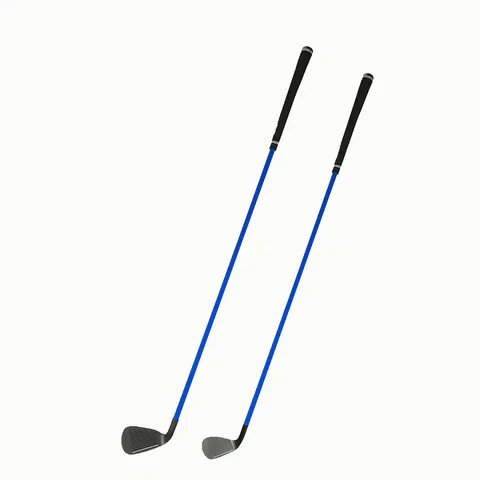
Lag Shot 7 Iron + Wedge Combo
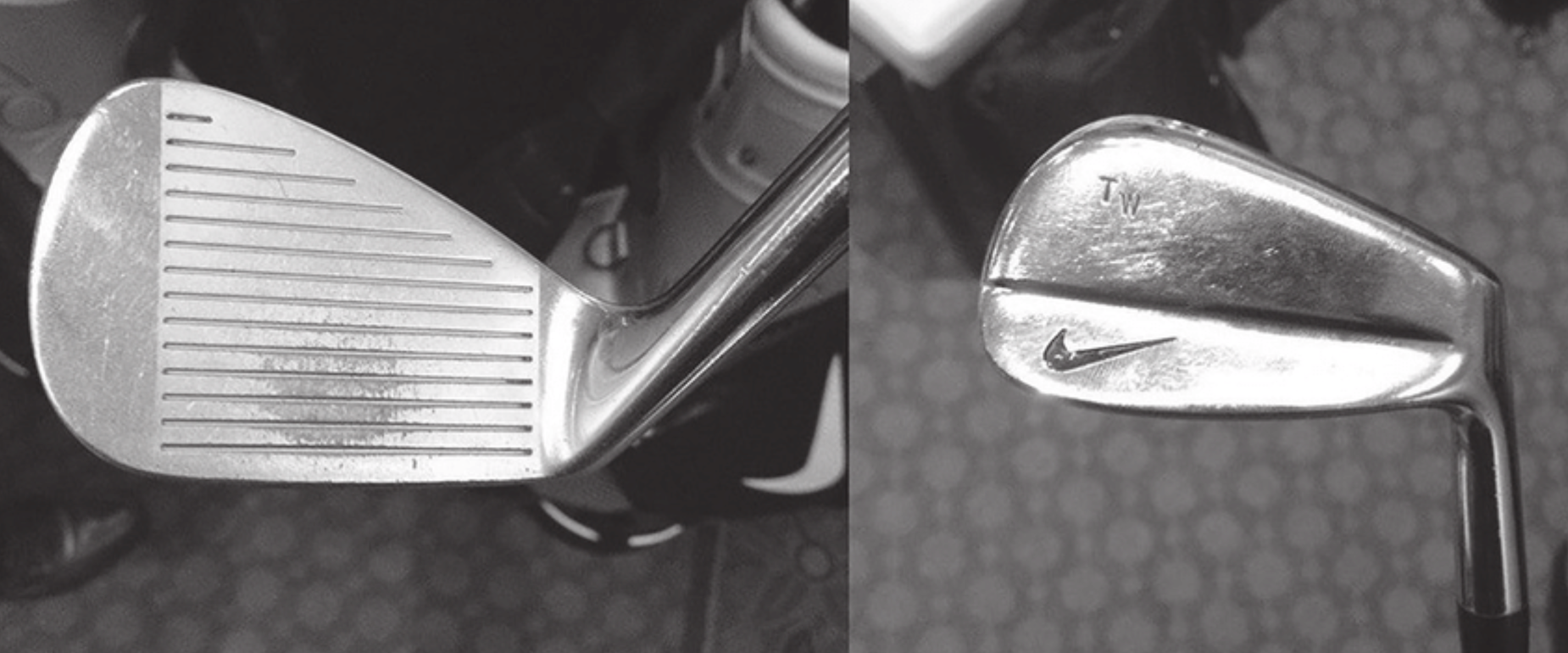
1. Center contact
Learning to find the center of the clubface is the key to solid iron play. But before you check your path-and-face relationship, you need to properly address the ball first.
Not only will an off-center miss cause distance loss, but a toe-hit will also over-draw the ball while a heel-hit will cause a weak fade.
2. Learn the off-speed shot
Everyone can go fast, but not everyone can go slow. This is why learning how to hit your irons a variety of distances is so important to lowering scores.
To start, practice hitting your 7-iron at about 50 percent of your stock yardage. Slowly go up in 5-10-yard increments will help you to develop the feel of the swing required for each distance. Do this with each iron in the bag.
3. Hit it low
Hitting the ball low is not only great for overcoming any wind but it’s also better for overall distance control as well.
When the ball is lower to the ground, it’s easier to control. Just because you’re closer to the hole doesn’t mean you need to go higher into the pin.
To help you visualize this, think about the arc of a free-throw shot in basketball vs. a three-point shot. Good shooters keep the same stroke and arc of the ball from any distance.
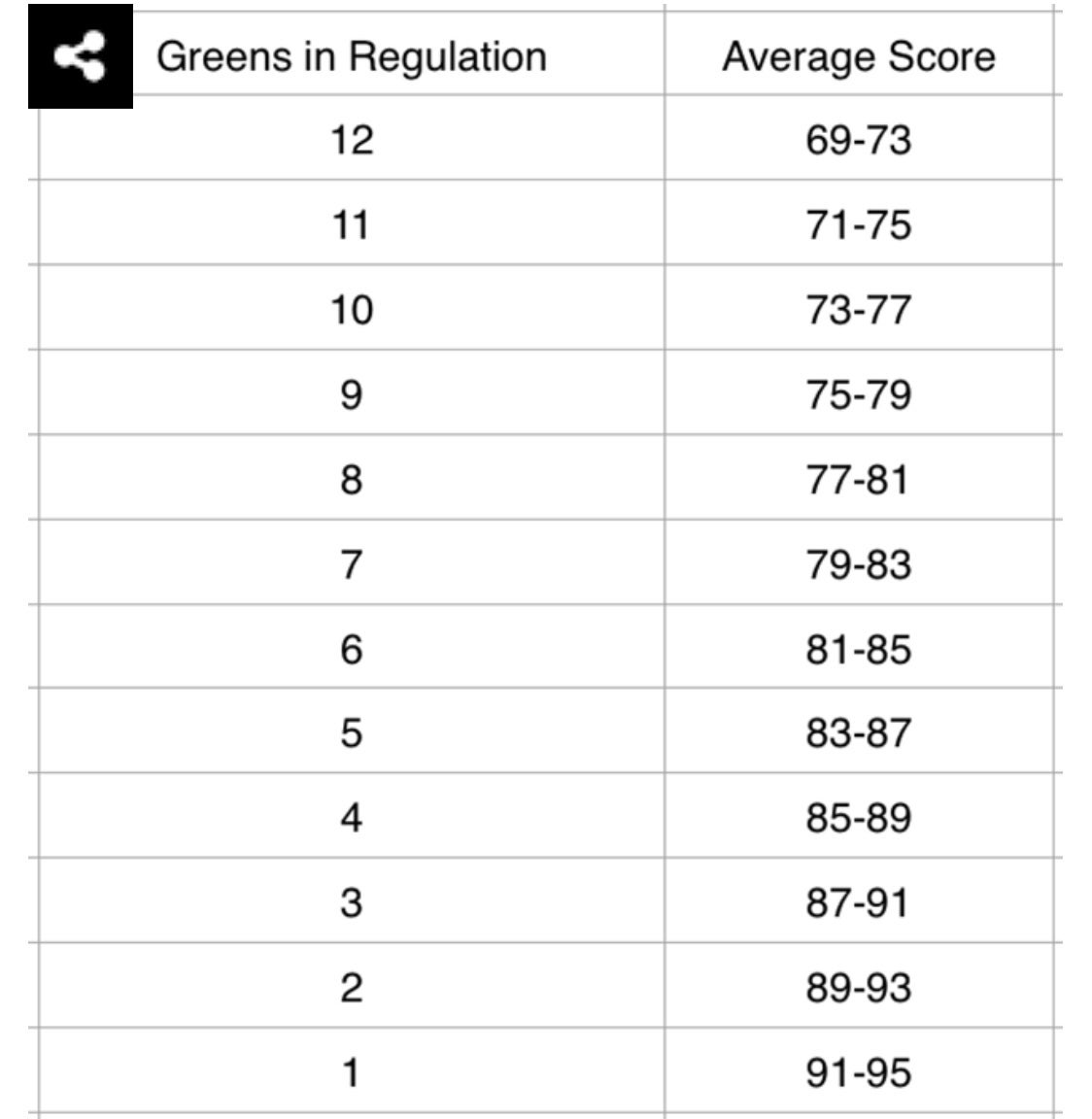
4. Keep your stats
Keeping stats is an easy way to see what you need to work on to improve your yardage control and hit more greens. Greens in regulation (GIR) is the most important stat in golf, because it has a direct correlation to your score (picture above).
If you’re looking for some advanced stats, track where you missed the green. This will help you understand your most common misses and where to improve on your next round.
5. Get on a launch monitor (or better, the course)
Many recreational players are surprised when they see their carry yardages on a launch monitor. That’s because many amateurs think they hit it farther than they actually do.
This is where using a launch monitor to track carry distance for each iron is useful. Make sure to get a good sample size, and track your results to apply to your next round.
If a launch monitor isn’t accessible, practice with five balls, hitting each onto a green or at another target. Take the median result of the five balls, and determine a relative sweet spot for your distance with each club.

Blast Motion Speed Analyzer Package
